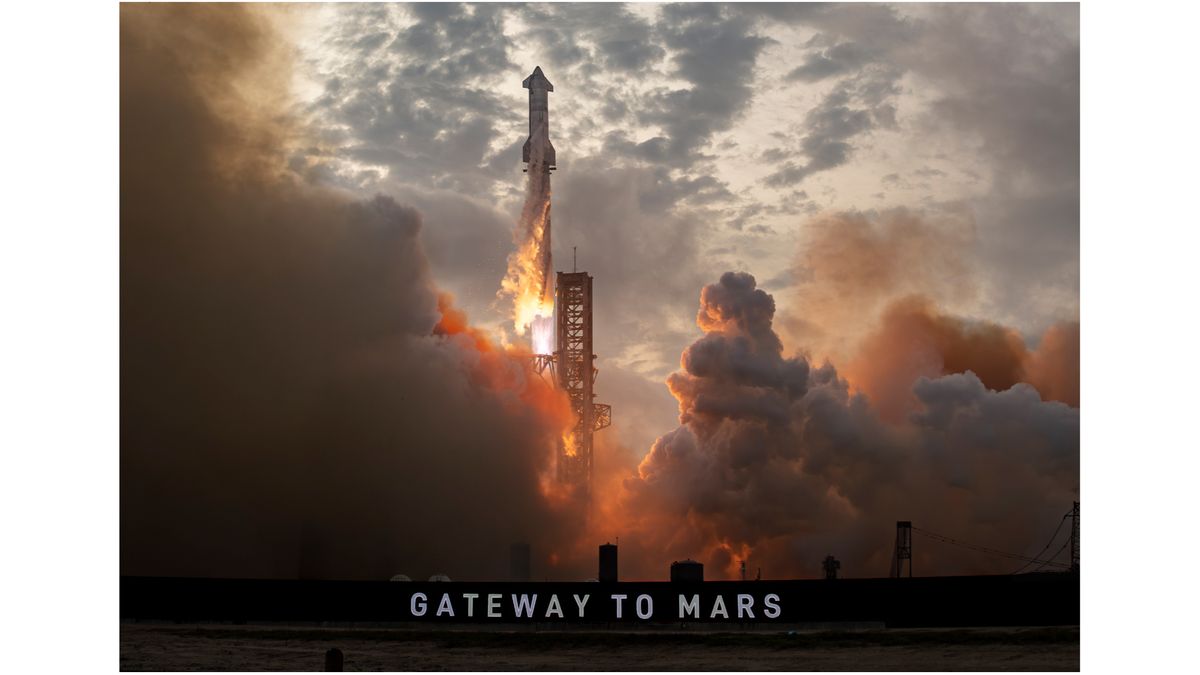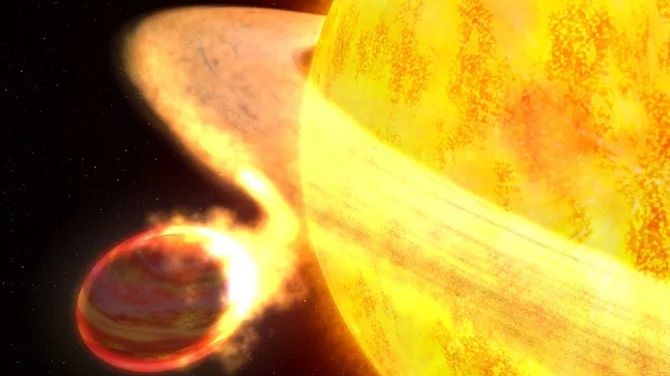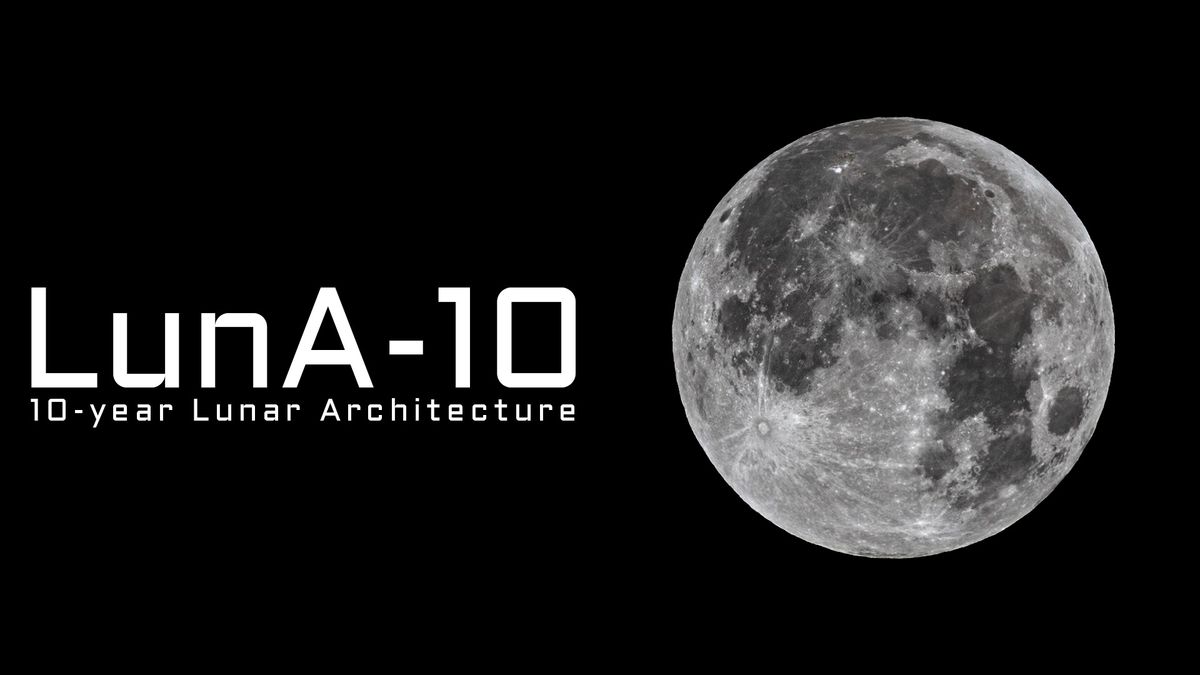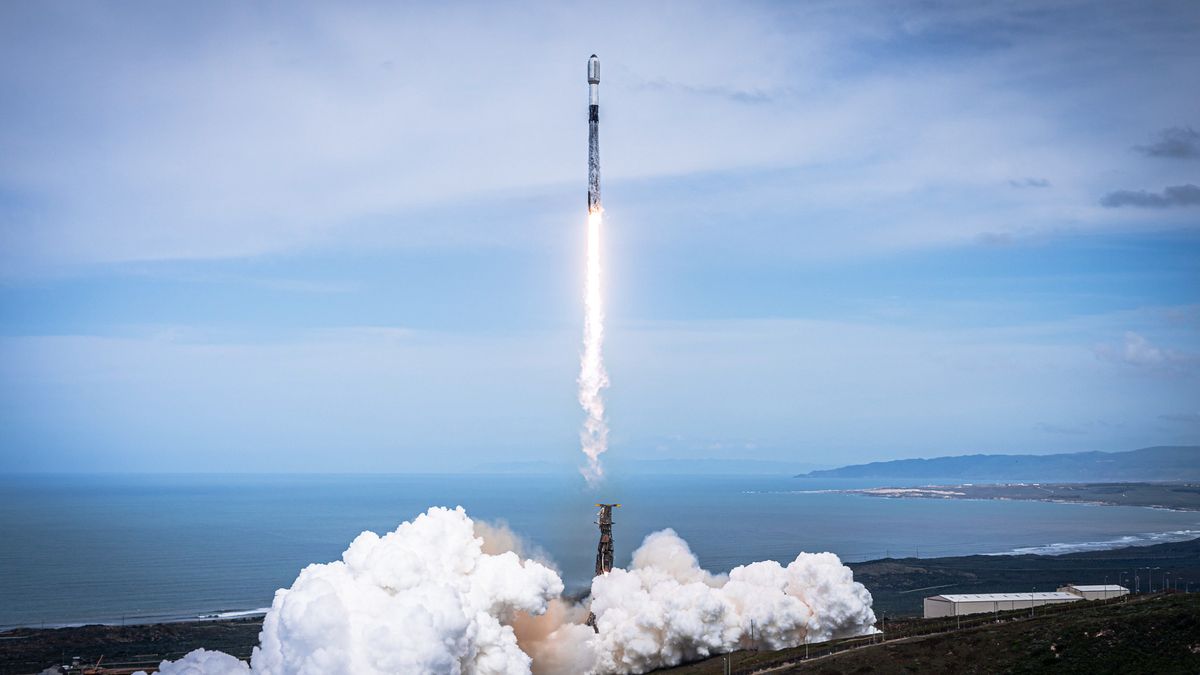A massive swirl of bright white light seemingly appeared from out of nowhere in the night sky above the Arctic last week, briefly upstaging a vibrant aurora display that spanned thousands of miles. The ethereal, galaxy-shaped light show was caused by an illuminated cloud of frozen fuel that was dumped in space by a SpaceX rocket, which released dozens of satellites into low-Earth orbit. Astronomers call this rare phenomenon a “SpaceX spiral,” and expect them to become a much more common sight in the future. Related: Eerie blue spiral in…
Read MoreCategory: The Moon
Our moon
Historical incidents of viewing total eclipses near the edge of totality
Of the 15 states that will be touched by the moon’s dark umbral shadow on April 8, no state is perhaps more enthused at the prospect of hosting the total solar eclipse than New York. Indeed, this will be the first time in 99 years that the path of totality will sweep across the Empire State, and the “I Love New York” campaign, used since 1977 to promote tourism in the state of New York, is going all out to attract prospective eclipse watchers from other parts of the country to “Come for the…
Read MoreSpaceX’s Starship could fly again as soon as early May
We might not have to wait too long to see the world’s most powerful rocket take to the skies again. That vehicle, SpaceX’s 400-foot-tall (122-meter-tall) Starship, conducted its third test flight last Thursday (March 14) from the company’s Starbase launch site in South Texas. Starship notched a number of important milestones on that mission, but both of its stages ended up breaking apart while descending through Earth’s atmosphere. SpaceX is still analyzing data from the flight. The results will inform preparations for Starship’s fourth flight, which could be just around…
Read MoreChina launches satellite to support future moon missions (video)
China launched a satellite toward the moon this week to help support the country’s lunar ambitions. On Tuesday (March 19), a Long March 8 rocket took off from the Wenchang Satellite Launch Center on the southern Chinese island of Hainan carrying the Queqiao-2 satellite. The spacecraft is what’s known as a relay satellite, meaning it will help pass messages back and forth between China’s Chang’e moon spacecraft, as well as other vehicles on the lunar surface, and mission controllers on Earth. Queqiao-2 is intended for a highly elliptical orbit around…
Read More1 in 12 stars might have swallowed a planet
About one in every 12 stars may have swallowed a planet, a new study finds. Previous research had discovered that some distant stars possess unusual levels of elements, such as iron, which one would expect to make up rocky worlds such as Earth. This and other evidence suggested that stars may sometimes ingest planets, but much remained uncertain about how often that might happen. One way to uncover more about planetary ingestion is to look at two stars born at the same time. Such twins should have a virtually identical…
Read MoreDARPA picks Northrop Grumman to develop ‘lunar raiload’ concept
Railroads could open the moon to serious and sustained economic development, as they did in the American West in the late 19th century. That’s apparently the hope of the U.S. Defense Advanced Research Projects Agency (DARPA), which is supporting the development of a “lunar railroad” concept proposed by aerospace giant Northrop Grumman. “The envisioned lunar railroad network could transport humans, supplies and resources for commercial ventures across the lunar surface, contributing to a space economy for the United States and international partners,” Northrop Grumman representatives wrote in a press statement…
Read MoreFull Worm Moon brings 1st lunar eclipse of 2024 next week. Here’s how to see it
During the next two weeks, there will be two eclipses on the astronomical docket. The main event, of course, will be the Great North American Eclipse on April 8 that will stretch from the Pacific coast of Mexico, on to Texas and across southern and eastern portions of the United States and Atlantic Canada, before coming to an end over the north Atlantic Ocean. But two weeks before the total solar eclipse, during the overnight hours of March 24-25, it will be the moon’s turn to undergo an eclipse; a…
Read MoreA new ultrablack coating for telescopes could bring more stars into focus
The images we get these days from advanced telescopes, such as the James Webb Space Telescope, undoubtedly leave us in awe and wonder of galaxies that exist light-years away from Earth. But what if these pictures could be improved even more?Researchers from the University of Shanghai for Science and Technology and the Chinese Academy of Sciences hope they’re able to help with just that through their development of a thin, ultrablack film coating for aerospace-grade magnesium alloys. Think about it this way — when you want to see the stars…
Read MoreSpaceX launching 22 Starlink satellites from California tonight
SpaceX plans to launch another batch of its Starlink internet satellites to orbit tonight (March 18). A Falcon 9 rocket carrying 22 Starlink spacecraft is scheduled to lift off tonight from California’s Vandenberg Space Force Base during a nearly four-hour window that opens at 10:28 p.m. EDT (0228 GMT on March 19). You can watch the action live via SpaceX’s account on X, beginning about five minutes before the window opens. Related: Starlink satellite train: How to see and track it in the night sky If all goes according to…
Read MoreMarvel Comics’ new series celebrates Boba Fett’s Mandalorian dad
Notorious Mandalorian bounty hunter Jango Fett’s stock in the “Star Wars” universe has soared ever since his introduction in “Star Wars: Attack of the Clones” as the DNA donor to the cloned Grand Army of the Republic and proud papa of his unaltered replica, Boba Fett. Portrayed by Temuera Morrison (“Once Were Warriors,” “The Book of Boba Fett“) Jango’s coolest moment came on the watery world of Kamino in that 2002 film’s “Rumble in the Rain” duel with Obi-Wan Kenobi (Ewan McGregor) and subsequent spaceship dogfight through an asteroid field.…
Read More



